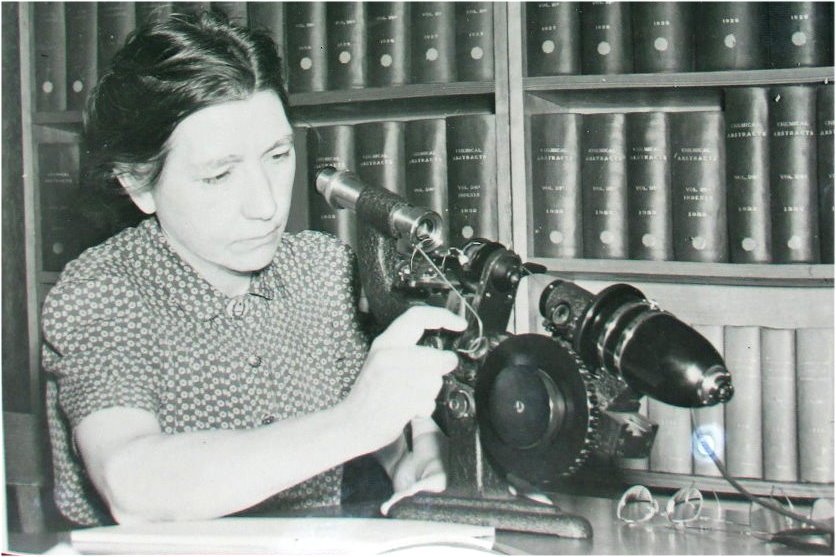
Telling the story on canvas
An extract from September 1929
A foremost illustrator interprets better vision
Norman Rockwell finds it interesting to tell the story on canvas
Here is Norman Rockwell, the famous illustrator, working at his easel
In 1915, I was art editor of Boys' Life. My salary was $50 a month and for that fifty dollars I painted the cover each month, illustrated two stories and looked after all the rest of the art work."
It Was Norman Rockwell, the well-known illustrator, speaking. "But I wanted to get married and something had to be done about it. So I figured out what I thought were two good ideas for covers on the Saturday Evening Post. One showed a boy pushing a baby carriage. The boy had the baby's bottle in his pocket. The other boys were guying him because he wasn't going with them to play ball. The other idea was to have a red-headed boy looking at a fence upon which someone had written in chalk, 'Red Head loves Hattie Perkins.' "l got in to see George Horace Lorimer, editor of the Saturday Evening Post, and he not only bought both these pictures, but ordered two more".
Since this time, Mr. Rockwell's paintings have appeared on the covers of the Saturday Evening Post, and also in American Magazine, Life, Judge, Leslie's and others. His paintings have been used in the advertising of Fisk Tires, General Electric Company and American Optical Company and many others.
He lives in New Rochelle, which is a suburb of New York. His studio is but a few steps from the side porch of his Colonial home.
Mr. Rockwell's illustrations for Tillyer Lens national advertising have appeared in the Saturday Evening Post, Time, Hygeia and Good Housekeeping. Their marvellous coloring and faithful attention to detail have attracted favorable comment from people in all parts of the country.
Rockwell’s studio can be seen in the center with a corner of his home on the right.
The interior of Norman Rockwell’s studio is charming with its colonial antique atmosphere.
Click on the image
to view the original article from American Optical VISION, September 1930
You might also like…
Norman Rockwell
AO partners with the day’s most influential painter
The First Lady of Optics
The Estelle Glancy Story





